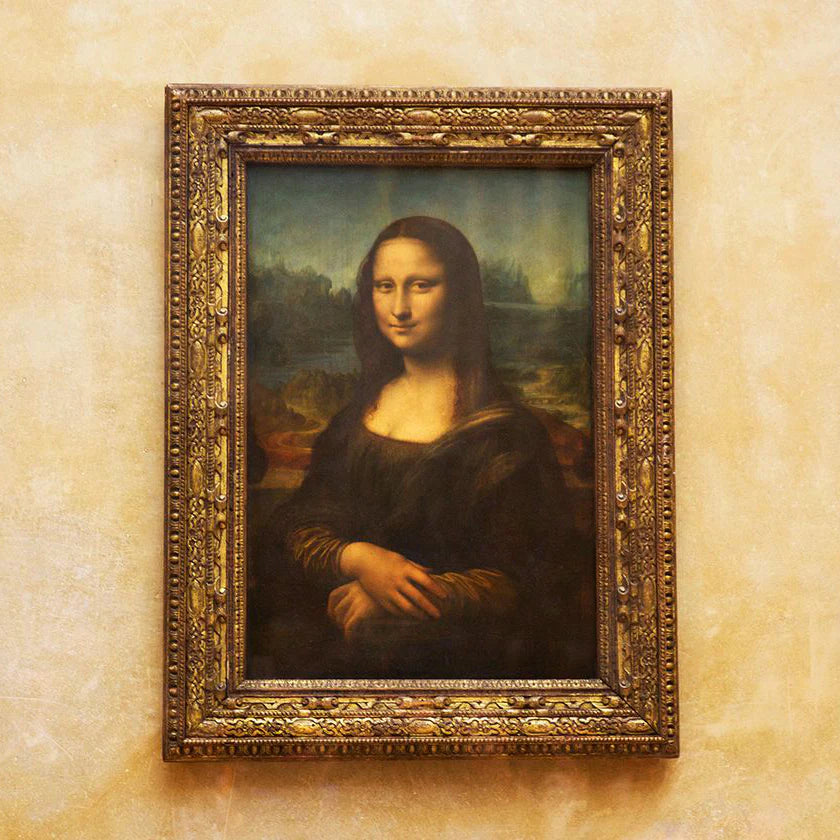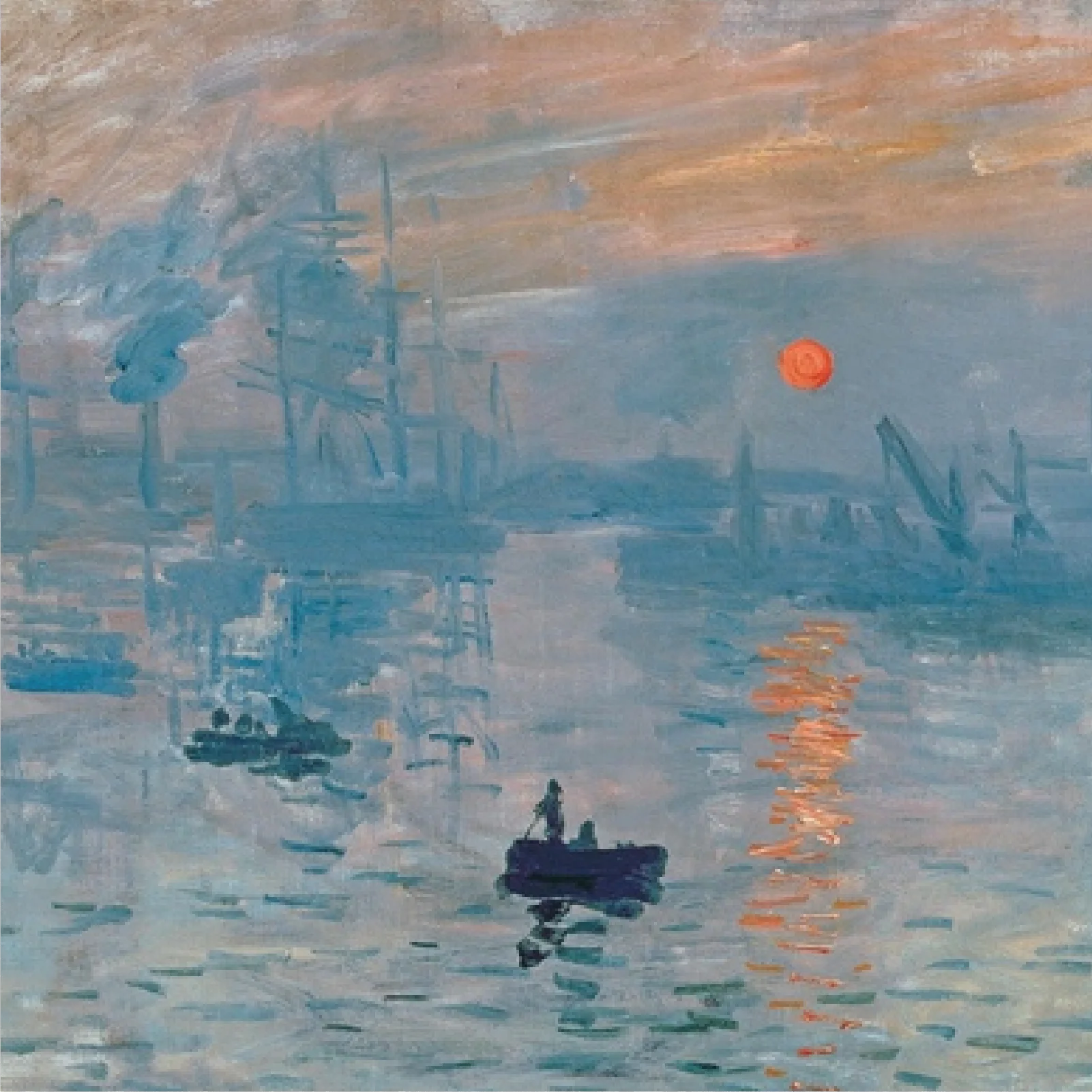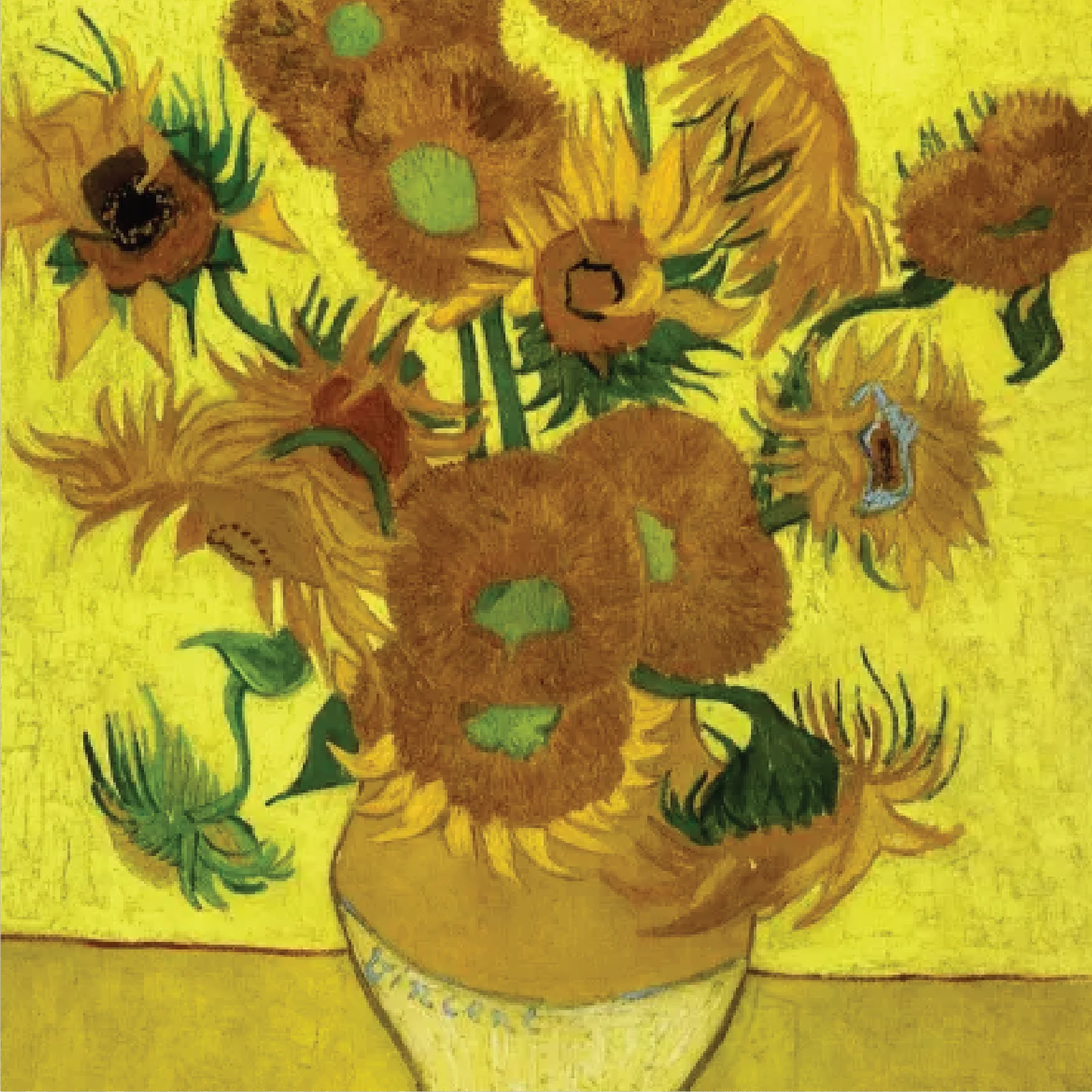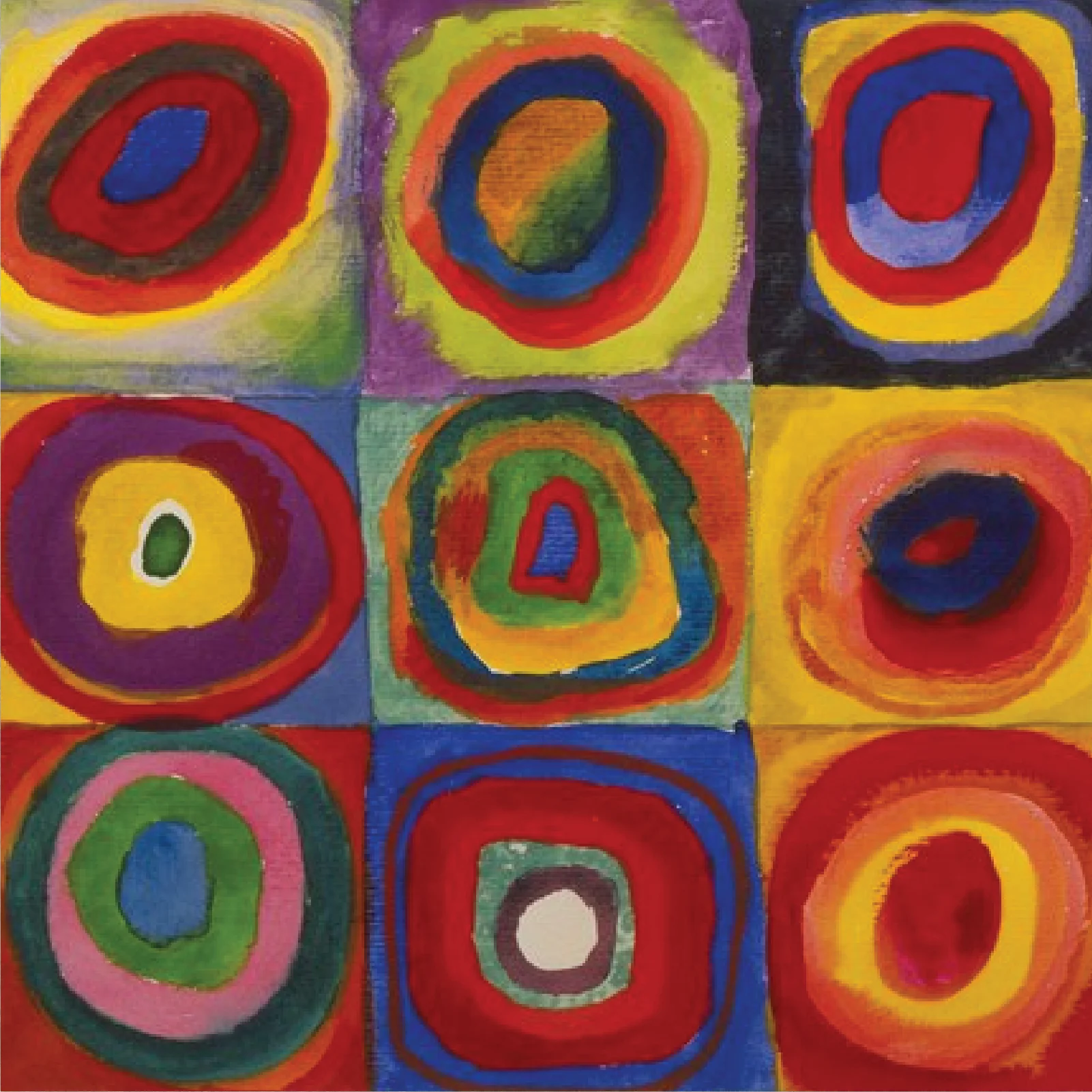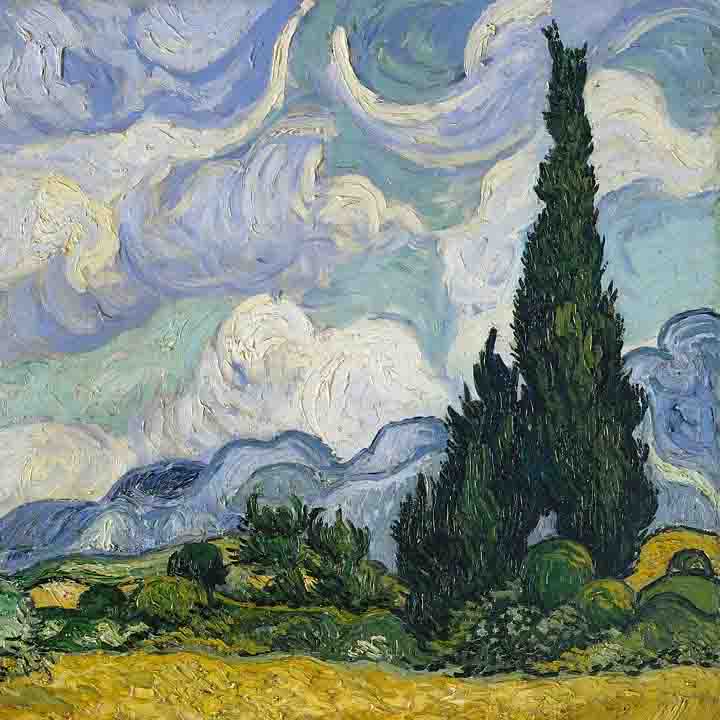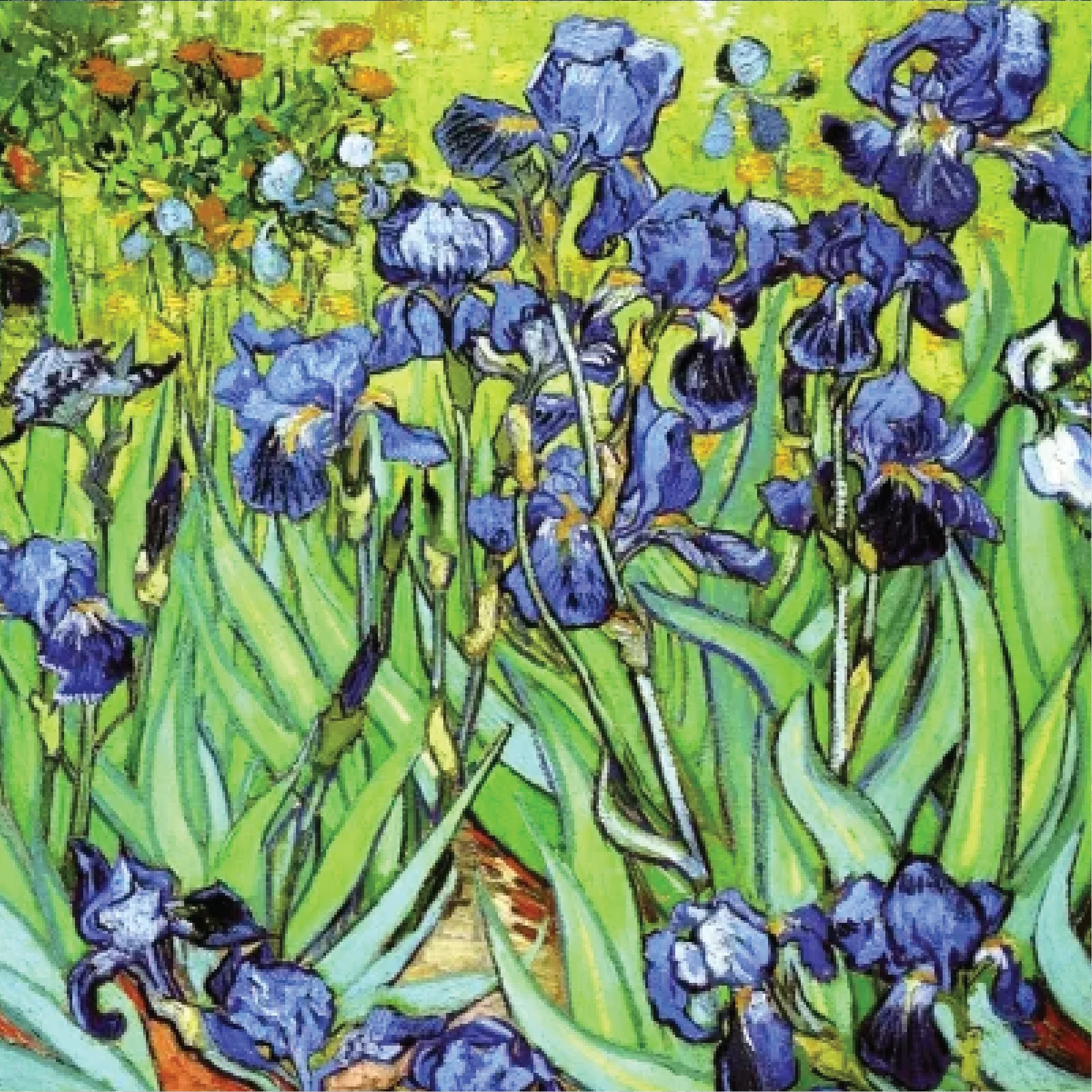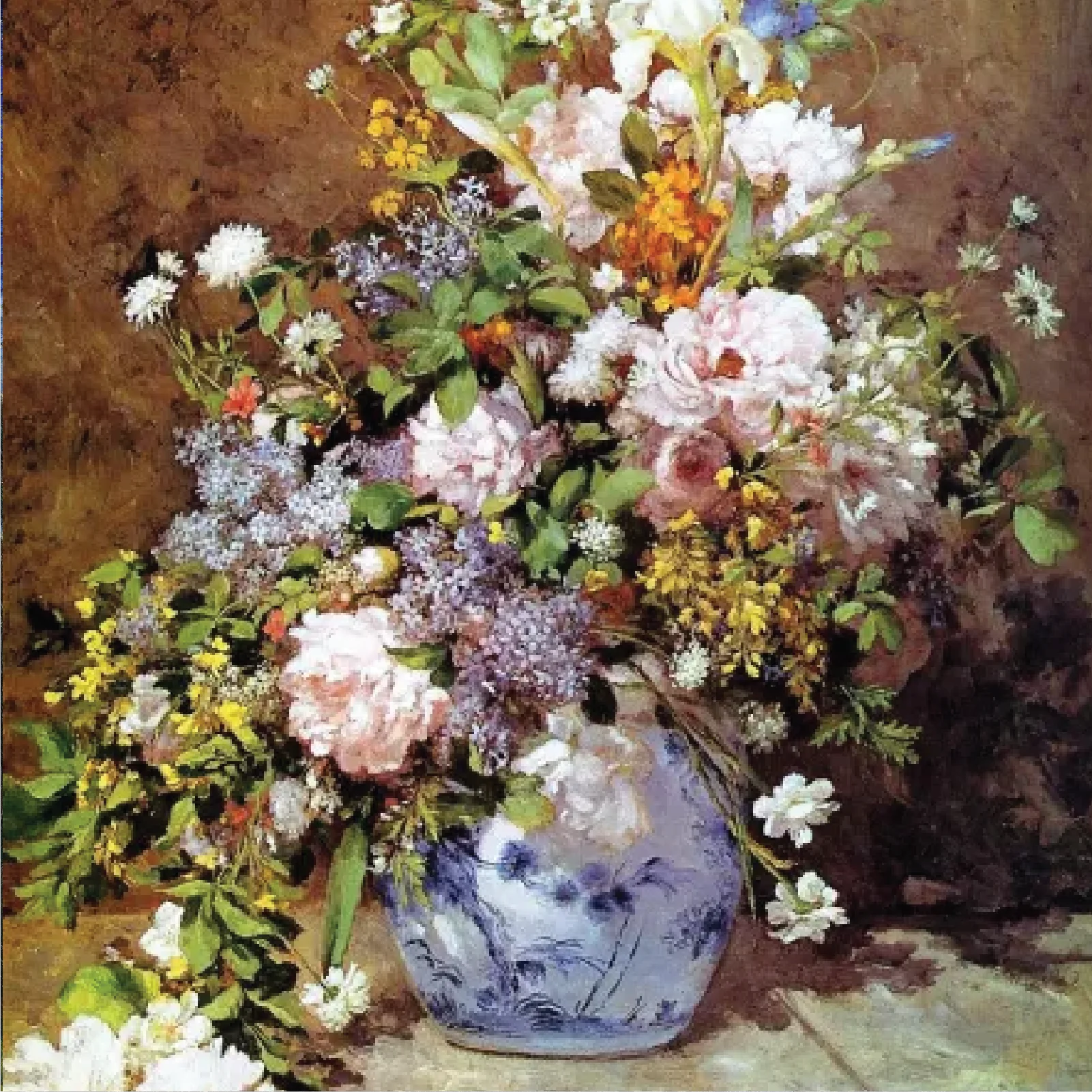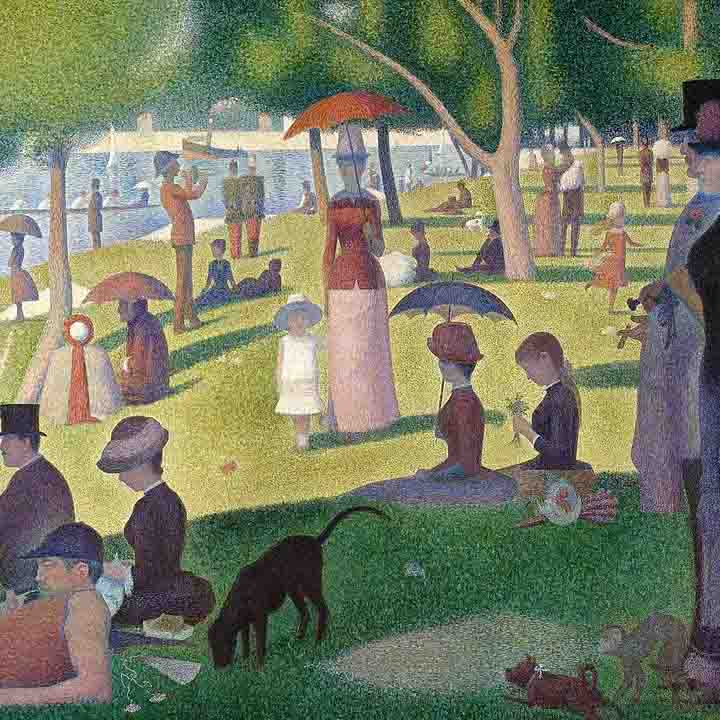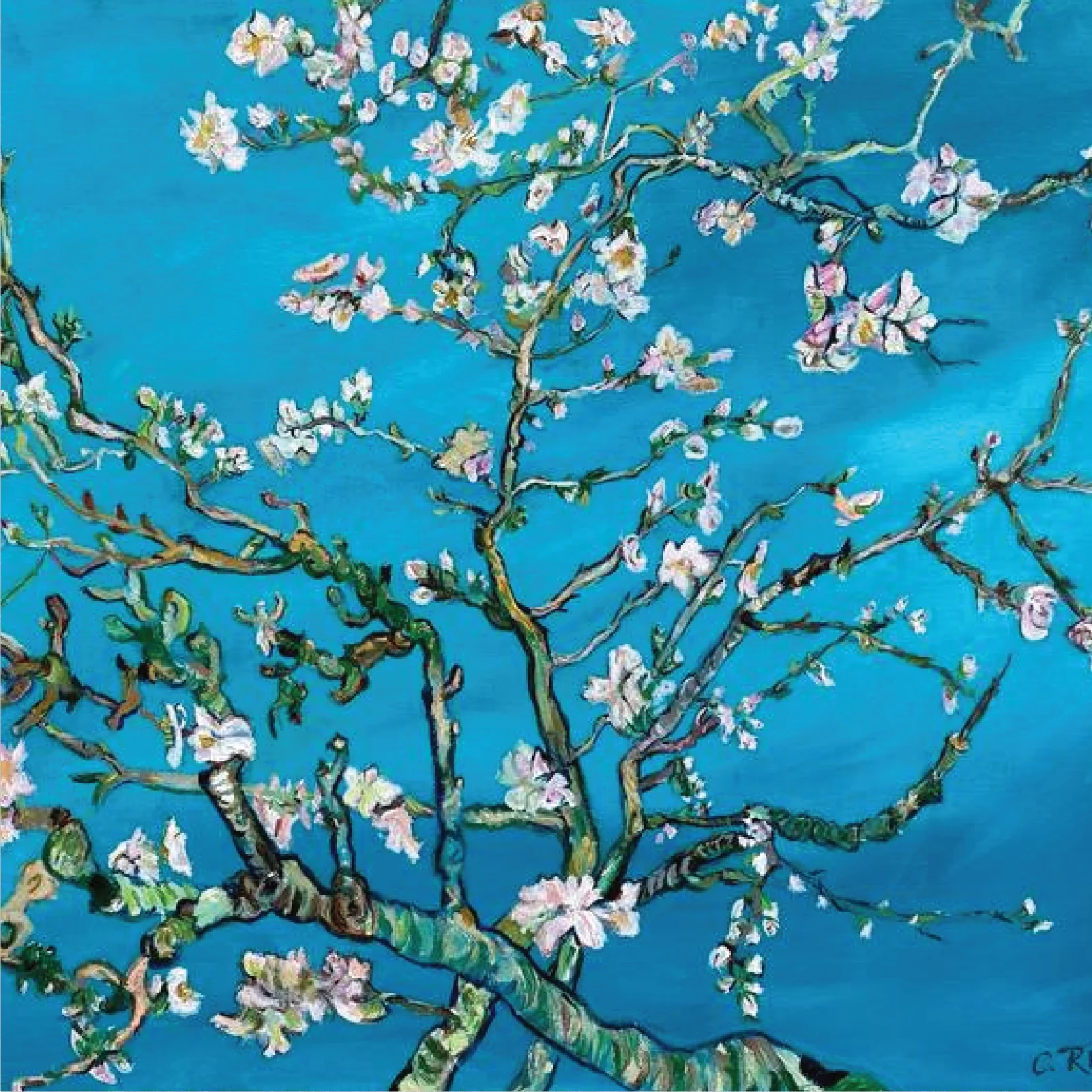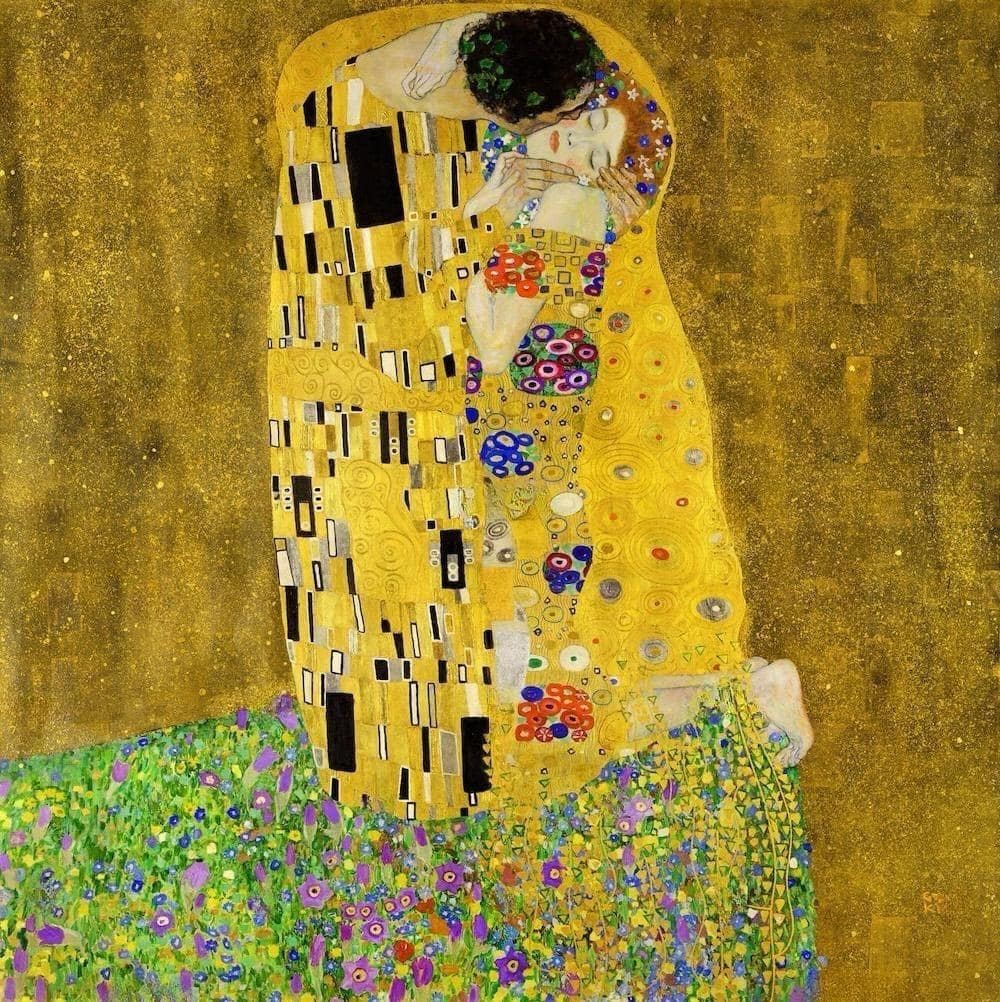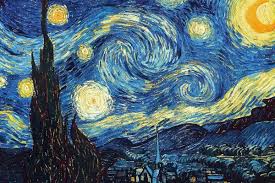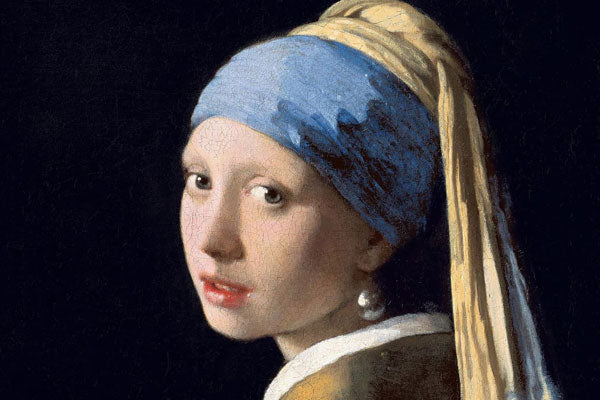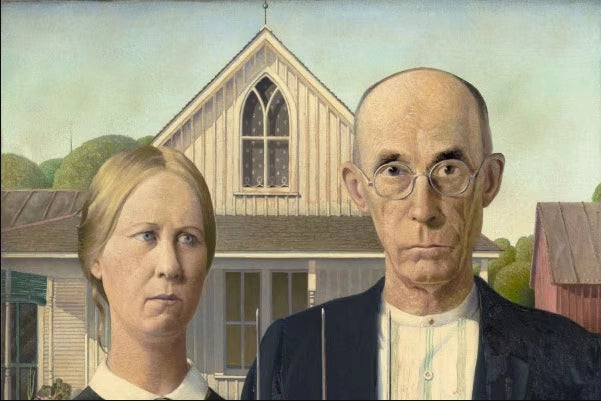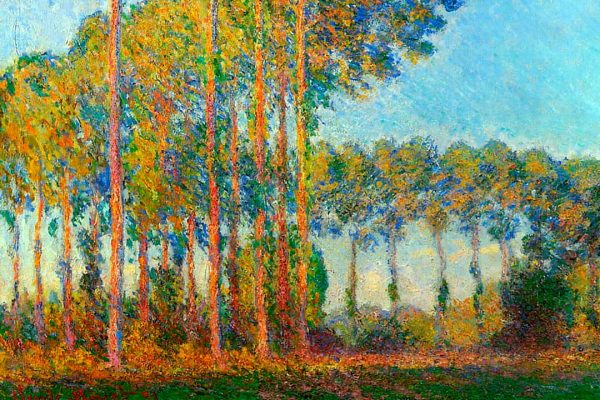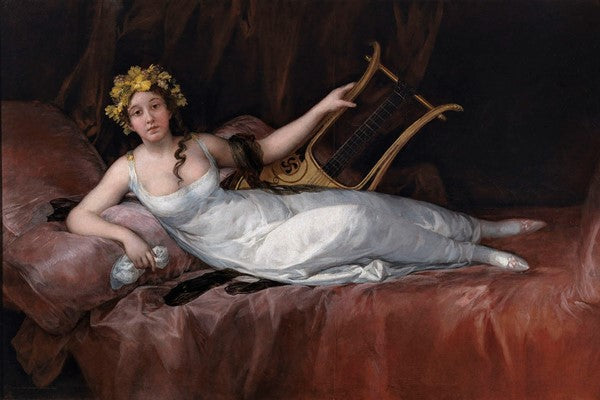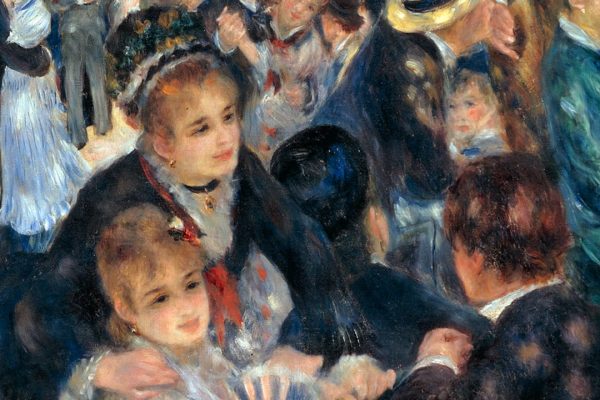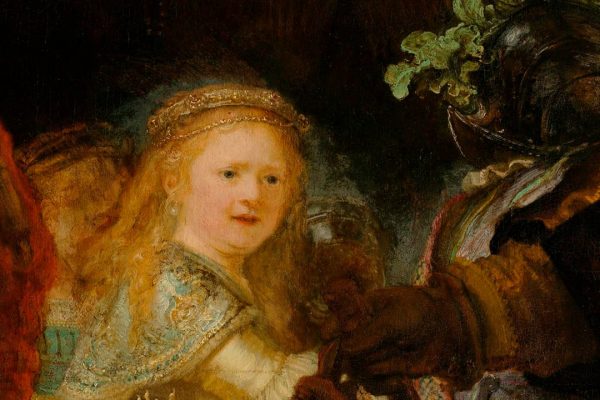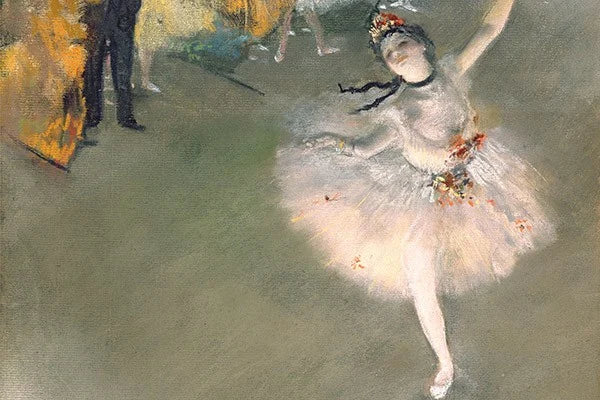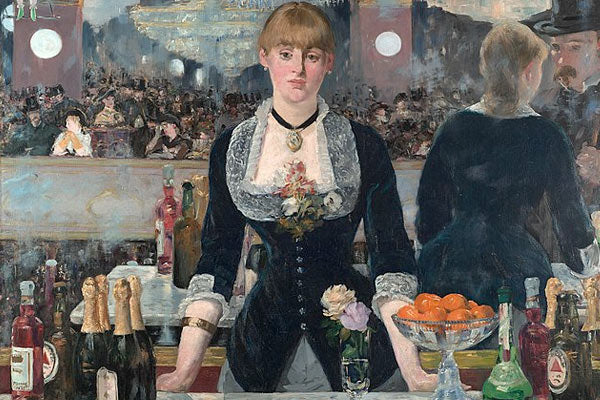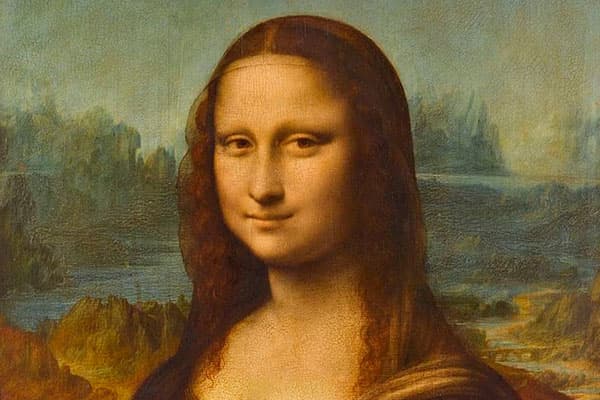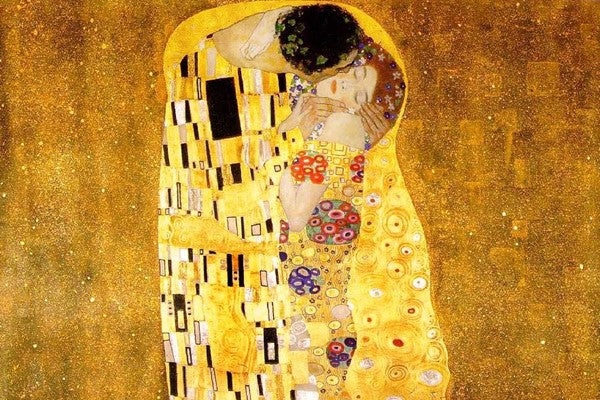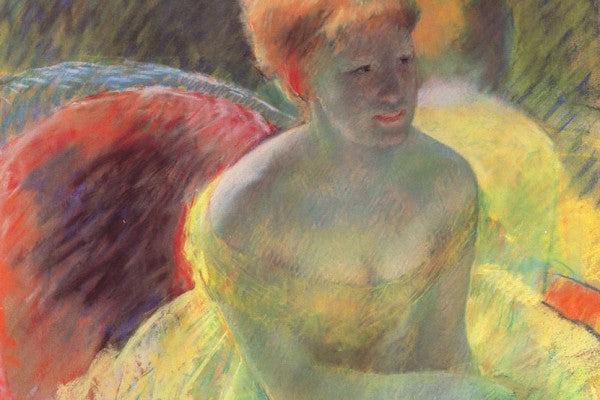Purchasing a piece of art can be a thrilling adventure, especially when you know what to look for in valuable prints. First prints are cheap reproductions of original prints.
These are accessible ways to own pieces by famous artists without spending a fortune. Although some prints are low-quality reproductions, how do you know if a print is worth adding to your collection?
Whether you’re new to collecting or experienced, knowing the value of a print can help you appreciate and invest in fine art. This guide will help you understand the basics of print editions, proofs, and what makes a print truly valuable.
Understanding Print Editions
When it comes to collecting art, knowing about print editions is very important. A print edition refers to the total number of copies made from a single artwork. These copies can be in the form of posters, lithographs, or other types of prints.
Limited Edition Prints
Some prints are limited to certain numbers. For example, if an artist decides to make a total number of prints, like 100 prints of an artwork, that means only 100 people in the world can own that specific print. Because there is a predetermined number of prints, these prints are often more valuable. The fewer the number of prints, the more special they are.
Open Editions
Open editions are different. There is no set limit on how many prints can be made. This means the artist or the printer can produce regular prints as much as they want. Open editions are usually less valuable because they are more common.
Edition Numbers
Each part of a smaller edition print is usually marked with a number. For example, you might see a print labeled as 15/100. This means it is the 15th printout of a total of 100. The edition number helps know how many copies exist and which copies they own.
Factors to Consider in Print Editions
When determining the value of a print and its desirability, several key factors come into play. Here are some of the most important ones:
Is the Print Signed?
If a print is signed by the artist holds greater value and authenticity. The presence of a signature in every prints not only verifies that it is genuine but also adds a personal touch. Art lovers often seek out signed prints as they are considered more collectible and valuable compared to unsigned ones.
Special Prints to Look For
Proofs, such as printer’s proofs, and trial proofs, are special prints that are usually rarer and more valuable. Artist’s proofs are typically kept by the artist for personal use or given as gifts, making them highly desirable. Printer proofs are used to check the quality of the print, and trial proofs are early versions that show the development of the artwork.
How Good is the Reproduction?
The quality of the reproduction is crucial in determining a print’s value. High-quality prints that accurately replicate the original work of art are more desirable. Factors such as the clarity of the image, the richness of the colours, and the quality of the paper or canvas all contribute to the overall quality of the print.
How to Verify Your Print
Ensuring the authenticity of a print is vital. Authentic prints come with documentation that proves their genuineness, such as certificates of authenticity and detailed provenance.
What Shape is the Print In?
The physical condition of a print greatly affects its value. Prints in mint condition, free from damage such as creases, stains, or fading, are worth more. Collectors prefer prints that have been well-preserved and cared for, as these maintain their visual appeal and structural integrity over time.
How Rare is the Print?
The rarity of a print is a key factor in its value. Prints from smaller editions or those that are hard to find are more valuable. Limited edition prints and special proofs are often more sought after due to their scarcity. Rarity makes a print unique and desirable to those looking for exclusive pieces.
The Importance of the Print
The historical significance of a print or the artist who created it can also impact its value. Prints by famous artists or from significant periods in art history are highly sought after. These prints often have a story or context that adds to their appeal and value in the eyes of art lovers.
Current Market Demand for the Print
The current market demand for a print can drive up its value. High demand for certain artists, styles, or subjects can make a print more desirable and valuable. Market trends can change over time, so staying informed about what is popular in the art world can help collectors make smart purchasing decisions.
The History of Ownership
The documented history of ownership, is an important aspect of a print’s value. A well-documented provenance can increase the value of a print by proving its historical significance. People often seek prints with a clear and traceable history of ownership.
How the Print Was Made
The method used to create a print can also affect its value. Techniques such as lithography, screen printing, and etching are highly regarded in the art world. Each technique has its own unique characteristics and level of craftsmanship, which can influence a print’s desirability and value.
Conclusion
Collecting affordable copies of other artworks can be a rewarding and enriching experience. By understanding the initial factors that influence the value and desirability of print editions, you can make informed decisions and build a collection that reflects your tastes and interests.
Remember to consider the edition size, artist’s signature, and print run when evaluating potential additions to your collection. These elements not only enhance the value of your prints but also provide a deeper connection to the original artworks they represent.
Looking to explore and purchase high-quality oil painting reproductions? Art&See represents affordable copies of oil paintings. Their commitment to quality ensures that you receive reproductions of limited-edition that are true to the original works of art. Art&See values your privacy and provides a secure shopping experience with a clear and comprehensive privacy policy.
Discover the beauty and elegance of one of a kind art with Art&See, where you can find the perfect pieces to enhance your collection. Visit their website today and start your journey into the world of fine art prints and reproductions.
FAQs
What is the difference between a print and an edition print?
A print is a copy of an original artwork made using various techniques like lithography or screen printing. An edition print refers to a set number of prints produced from the same artwork, often limited to enhance exclusivity and value.
How does the size of the edition affect the value of a print?
The size of the edition significantly impacts the value of a print. Smaller editions are rarer and thus more desirable to collectors, making them more valuable. Larger editions tend to be less exclusive and typically have a lower value.
What is proof, and why is it important?
Proof is a special type of print used to check the quality and details before the final edition is produced. Types of proofs include printer’s proofs and trial proofs. These proofs are often rarer and can be more valuable than regular edition prints.
Why is an artist’s signature on a print important?
A signature on a print adds value. It verifies that the artist has approved the print and considered it a true representation of their artwork. Collectors generally seek signed prints more.
How can I verify the authenticity of a print?
To verify the print, look for certificates, and the artist’s signature. These documents provide proof that the print is genuine and enhances its value.
What is the role of provenance in determining the value of a print?
Provenance refers to the documented history of a print’s ownership. A well-documented print increases its value and authenticity. Collectors highly value prints with clear and traceable histories, as they provide assurance of the print’s genuineness.
